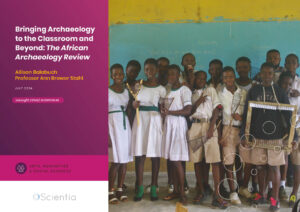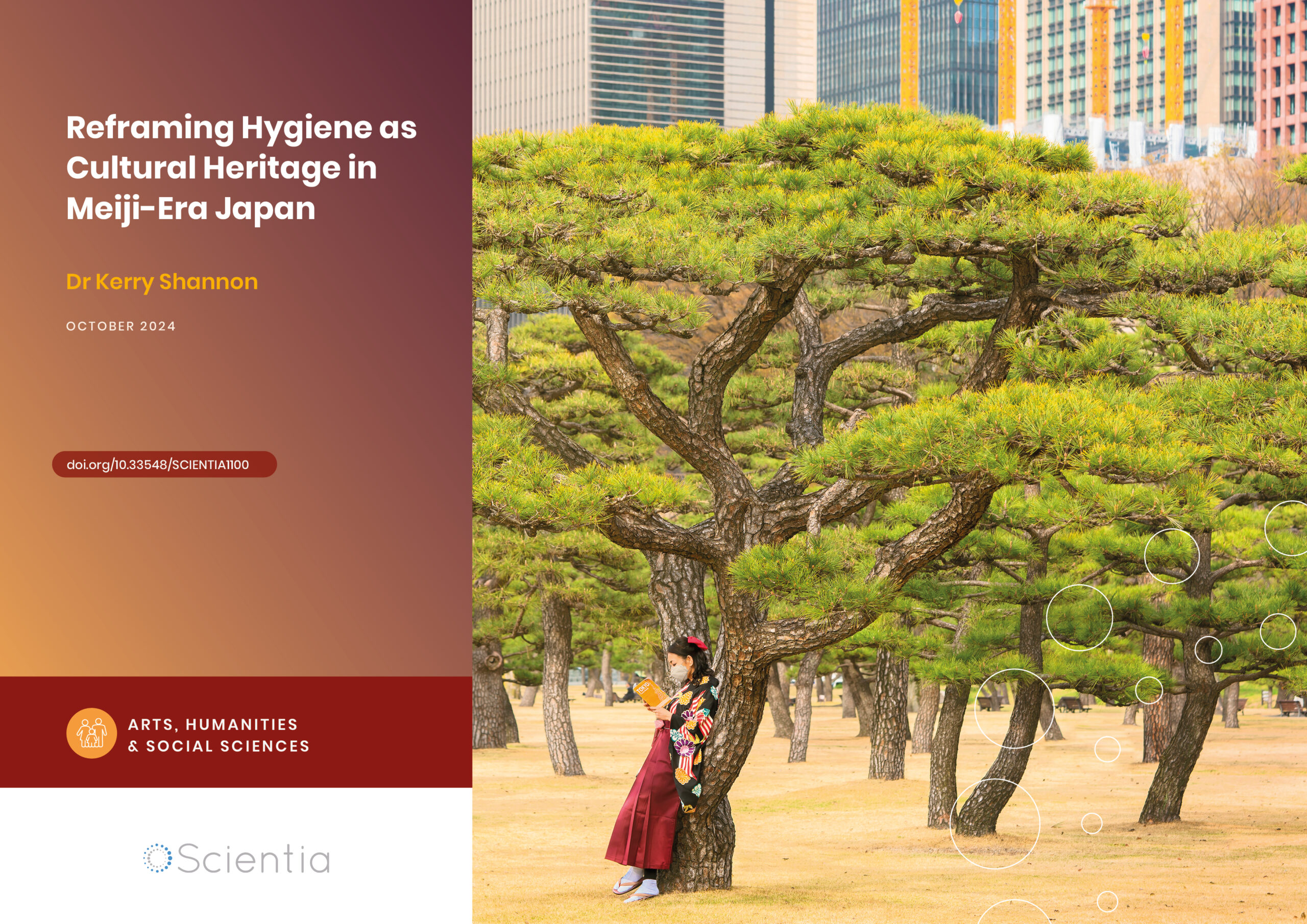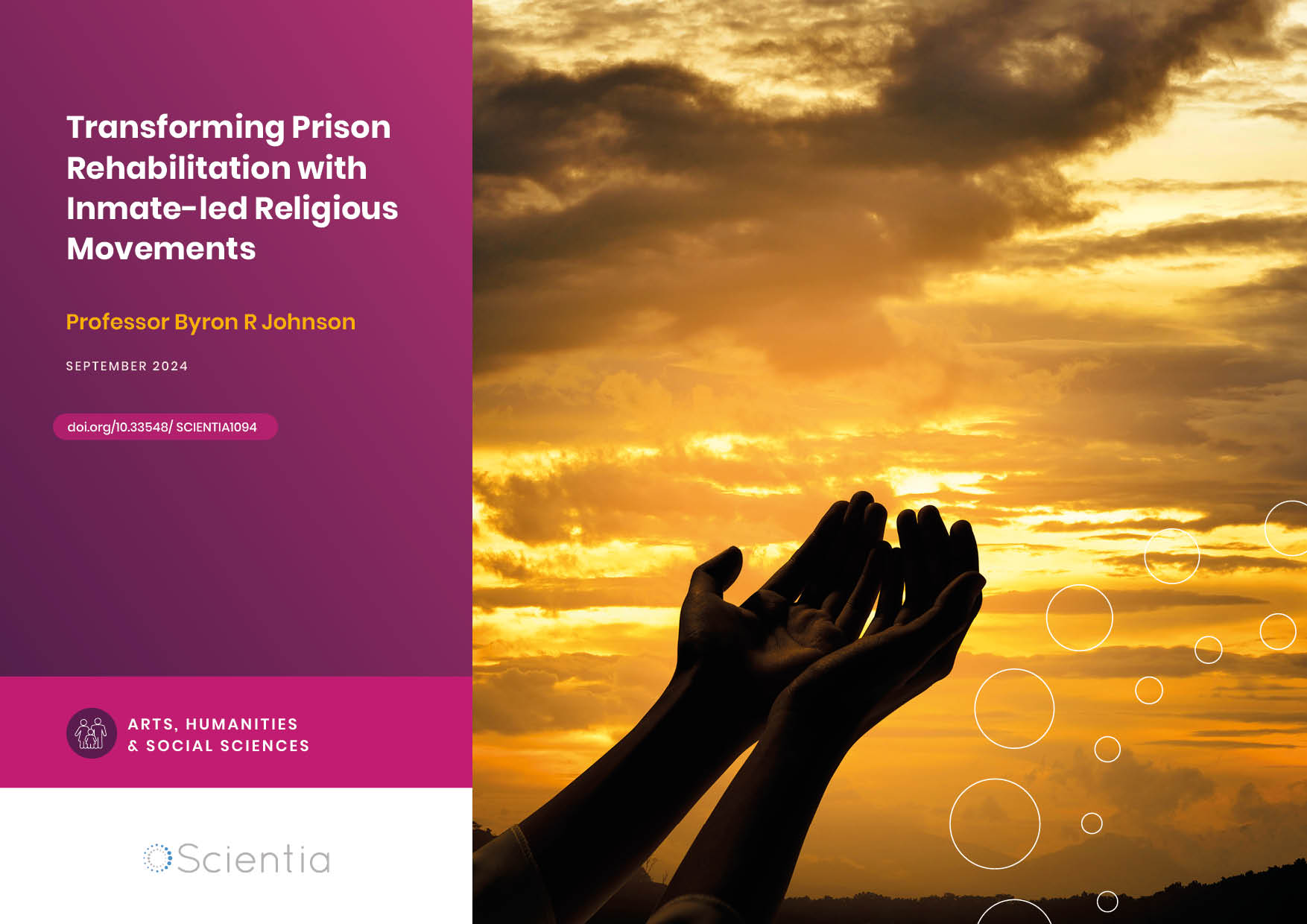Allison Balabuch – Professor Ann Brower Stahl | Bringing Archaeology to the Classroom and Beyond: The African Archaeology Review
The African Archaeology Review (AAR) journal recently celebrated its 40th anniversary. To mark this occasion, a special issue was compiled with an innovative theme: Archaeology for Education. To achieve this, the AAR editorial team assembled a group of academic researchers in archaeology with the proposition of writing articles collaboratively with educators that would make their research centred on Africa’s rich pasts accessible for use in school learning. The goal is to change the stories we tell about Africa both within and outside the continent.
Opening Archaeology’s Window to the Past and Present
Imagine opening your school textbooks and seeing only stories of apple trees, snowflakes – other peoples’ places and histories – as you sit under the mango trees. This is often the experience of students in Africa. In schools outside of Africa, only a deficit model is taught about Africa: war, famine, and disease. Students are not taught that Africa has a rich history of science and technology, art and innovation, and land stewardship.
Archaeology serves as a window through which we can peer into the past and understand how past societies interacted with one another and their environments. By combining scientific methods with cultural interpretations, archaeology illuminates the intricate dynamics of past communities, revealing how people sustained their well-being, used resources, and engaged with the landscapes around them.
The academic journal African Archaeology Review (AAR) showcases how African archaeology can contribute to understanding crucial global issues, both past and present. The recent 40th-anniversary issue took the innovative approach of speaking to a wider audience by fostering collaboration between archaeologists and educators with the aim of integrating archaeology’s rich insights into classroom learning and sparking interest in young students. For this to happen, archaeologists need to communicate research in ways that are accessible to educators.
In departing from the typical exchange of academic literature among scientists, this landmark issue takes a novel approach. Contributors to the volume make archaeology’s insights into Africa’s rich pasts accessible and engaging for educators and students alike, using art, poetry, and story. For example, in the piece ‘How African Pasts Can Inspire Alternative Responses to Climate Change: a Creative Writing Experiment’, Dr Amanda Logan and Dr Katherine Grillo include African Futurism short stories that can be used directly in the classroom. In a lead editorial to the special issue, AAR editor Dr Akin Ogundiran underscores the importance of storytelling as a mode of enlivening learning and describes archaeology’s value to a ‘pedagogy of renewal’ that connects learners to place, indigenous knowledge and deep histories.
The motivation behind this initiative was twofold. First, volume contributors wanted to provide educators with accessible and reliable resources for teaching about Africa’s rich pasts. By presenting archaeological insights in a lively and engaging manner, the articles provide educators with the tools to not only inspire curiosity and critical thinking in their students but also to connect them with their own heritage and communities across the globe. Second, this collaboration models interdisciplinary engagement between archaeologists and educators, consistent with initiatives including the African Union’s Agenda 2063 and the United Nations Sustainable Development Goals (SDGs).
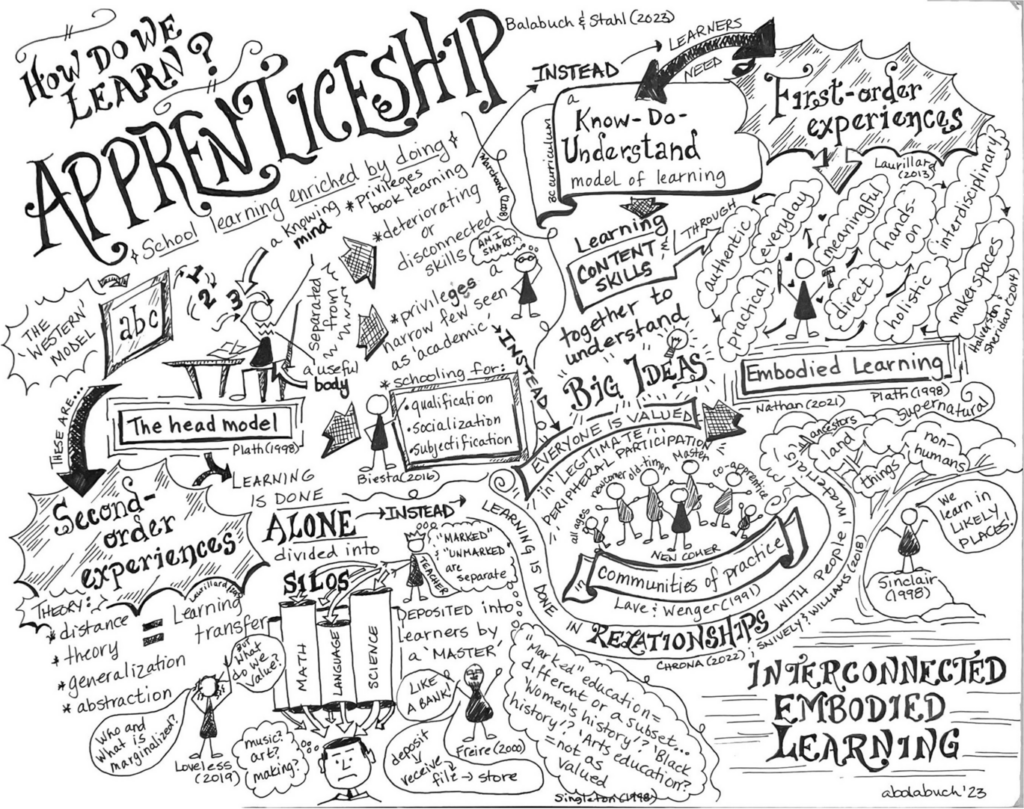
Interconnected embodied learning. Illustration by
Allison Balabuch.
From Vision to Fruition
A collaboration between educator Allison Balabuch and archaeologist Ann Stahl (both of the University of Victoria) provided the spark for the volume. Based on her involvement in a decades-long archaeology project in a rural setting of Ghana, Ann reached out to Allison to help develop educational resources for local Banda District schools. As they collaborated with the community to develop the open access ‘Learning from Our Past’, they recognised the need for greater dialogue and collaboration if archaeology is to meet its potential to enrich classroom learning. They also recognised that archaeology has the capacity to provide us with insights from the past relevant to today and the future but that the inaccessibility of such knowledge, primarily published in academic circles, is a barrier to its use in educational settings.
In an AAR editorial board meeting in September 2021, the foundations of the issue were created. The vision was to create a fully collaborative and interdisciplinary effort to create an issue that encouraged the partnership between educators and archaeologists – both early career and well-established – working across the African continent. The editors encouraged contributors to write in new ways and for wider audiences in a process facilitated through several online workshops and ongoing consultation with educators.
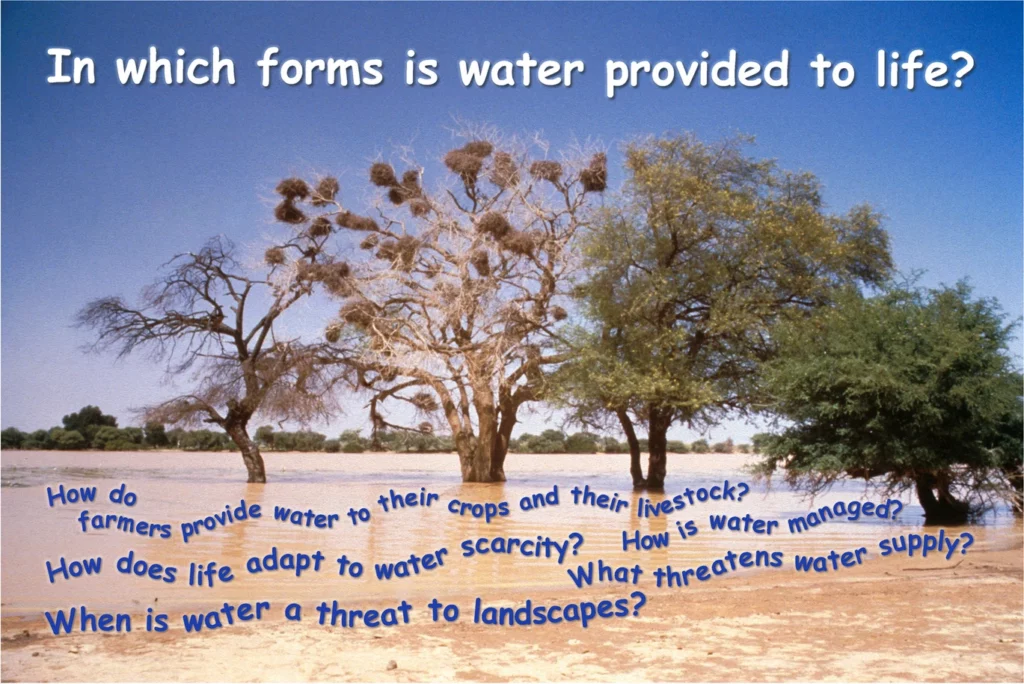
Water thinking-shapes lapping the shores of a temporary lake in northern Burkina Faso. The trees are adapted to temporary flooding. Photo by Alexa Höhn. https://link.springer.com/article/10.1007/s10437-023-09542-9/figures/4
Transcending the Borders of Academia
With support from a Canadian Social Sciences and Humanities Research Council Connection grant and the University of Victoria, an open access special issue of 10 papers resulted, titled ‘African Archaeological Review: Archaeology for Education’. Each article has a unique theme that demonstrates the potential of archaeology to inform learning across a range of subjects, such as Social Studies and Science.
The context for the issue is set by the first two articles, including ‘African Archaeology in Support of School Learning: an Introduction’. In this article, Dr Stahl, Allison Balabuch, Dr Kathy Sanford, and Dr Emmanuel Mushayikwa identify the potential that archaeology has to inspire K-12 students in a way that transcends classrooms but also to offer a historical perspective on contemporary issues like those championed by the United Nation’s SDGs.
One of the SDG goals (SDG 4) seeks to address Quality Education – for example, by improving and strengthening the understanding of global citizenship and the appreciation of cultural diversity (Target 4.7). The researchers propose that archaeology can offer important perspectives to address these goals and outline their motivation for starting the project, how it evolved, and their intended outcomes. They emphasise the importance of making archaeology accessible to educators, drawing from their combined expertise as an archaeologist (Ann Stahl) and educators (Allison Balabuch; Kathy Sanford, Emmanuel Mushayikwa).
The issue then delves into effective learning strategies for engaging students. In the article ‘School Learning Enriched by Doing: An Apprenticing Model’, Allison Balabuch and Ann Stahl introduce the ‘Know-Do-Understand’ model of learning. With similar approaches to apprenticeship and Indigenous models, this practice prioritises hands-on experiences over direct teaching or theoretical models of instruction. Practice-based models of learning allow students to experience how their personal interactions with materials and people shape their understanding. The learning model is likened to everyday examples such as riding a bike, and how we do not begin our learning by reading about how to balance on a bike, but to learn through doing.
For example, weaving is a skilled practice that has deep roots in Africa. It involves practical knowledge and skills that are taught in domains such as Mathematics, Social Studies, and Science. Based on her teaching experiences, Allison Balabuch illustrates how engaging students in practical activities like weaving enriches their learning. Through these activities, students compare and evaluate their own community practices, gaining insights beyond mere skill acquisition. They reflect on the time, skill, and effort required to create such items, prompting a critical examination of the prevailing ‘disposable culture’ prevalent in much of the Global North.
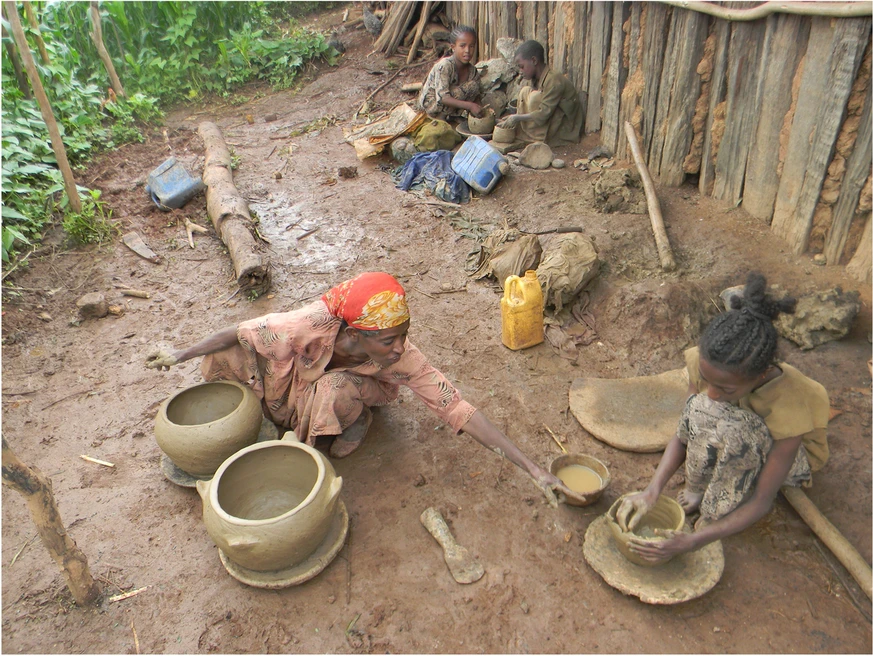
An adult Oromo potter gives hand-on potterymaking instruction to her young daughter. Photo by Bula Wayessa.
https://link.springer.com/article/10.1007/s10437-023-09544-7/figures/3
By embracing a holistic approach to archaeology that uses both the mind and body, students gain a deeper appreciation of and reflection on their assumptions about both past and present cultures. These insights are further explored in the piece ‘Why Weaving? Teaching Heritage, Mathematics, Science, and the Self’ authored by Allison Balabuch and Madagascar archaeologist Bako Rasoarifetra.
The issue also tackles topics such as agriculture and farming practices in Africa. In the article ‘Earth, Water, Air, and Fire – Thinking about Farming and Farmscapes’, Dr Alexa Höhn, Dr Emmanuel Mushayikwa, and Dr Alex Schoeman outline the transformation of agricultural landscapes and the challenges faced by past farmers in western and southern Africa, with contemporary implications. This is a subject often missing from school curricula, and the authors explain how this leads to much of the Global North viewing Africa as stagnant in farming practices, which is far from the truth.
By using the elements of Earth, Air, Water, and Fire as a framework, each section of Dr Höhn and colleagues’ article expresses the relationship that African farmland has with these earthly elements, and the challenges African farmers face with managing their land in the presence of extreme conditions. For example, the wind-resistant applethorn (Faidherbia albida) provides vital resources to livestock when grass and other plants have desiccated in the dry season. They explain how the stories of African farmers can also provide opportunities for teaching about several SDG goals, such as Zero Hunger (SDG 2), Responsible Consumption and Production (SDG 12), and Life on Land (SDG 15). Through real-world examples, this article brings to life how African farmers have fought battles with Earth’s elements over many millennia and highlights their ingenuity in doing so.
In a continuation of the learning-by-doing theme, Dr Bula S Wayessa details the intricacies that are required to create pots and the challenges faced by traditional pot-makers in Africa in ‘My Meals Are in the Pots: Making Pots and Meals in Wollega, Southwest Ethiopia’. This practice necessitates expertise not just in crafting the pots but also in locating the raw materials and processing them into usable clay for pottery. Such knowledge is transmitted intergenerationally and passed down from teacher to learner within social groups. Traditionally, pottery-making has been carried out by women, and their livelihood relies on it. Yet, the difficulties of contending with contemporary industrial materials like plastic endanger the traditional lifestyle of Ethiopian potters. Therefore, Dr Wayessa reflects on how protecting such practices will align with the SDG goals of poverty reduction, enhancing gender equality, and providing opportunities for decent work (SDGs 1, 5, and 8).
Mentioned here are only a sample of the 10 articles featured in this special issue. Other articles delve into metal and glass production in Africa, Africa’s ancient global connections traced through the possession and trade of cowrie shells, daily life in ancient cities of the Nile Valley, how , and imagining futures in the wake of climate change. Together, they provide deep insight into African archaeology and its relevance, not only to our modern perspectives but also to how archaeology can enrich learning across the curriculum.
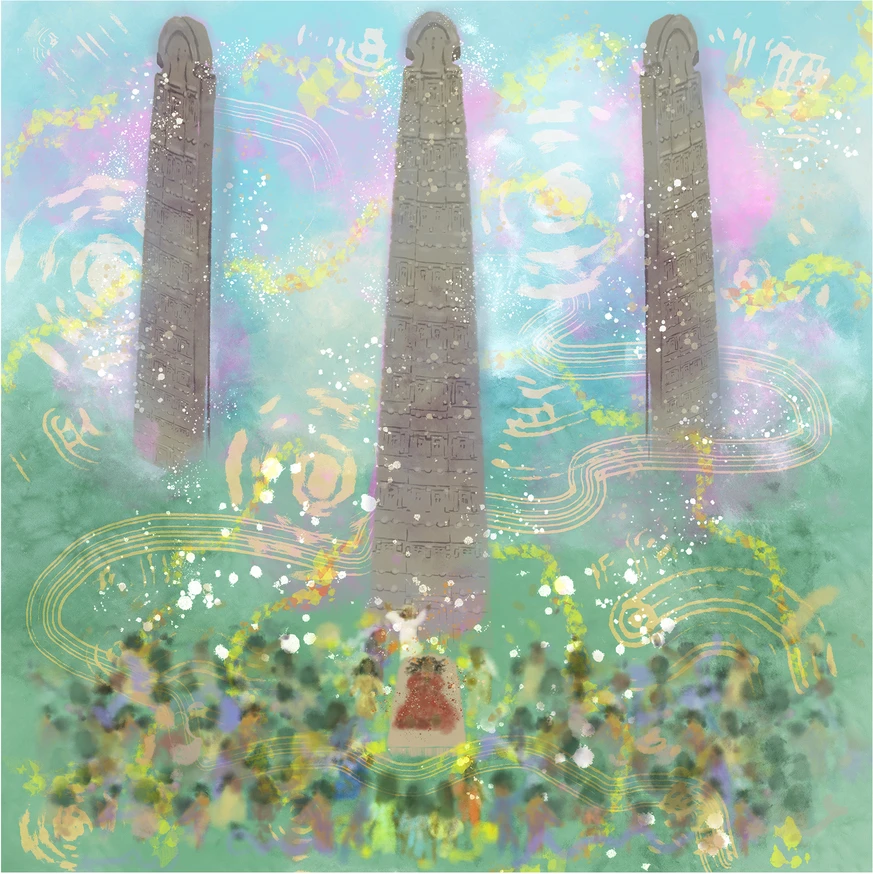
Memory of glittering stones (Aksum, Ethiopia). Original artwork by Naomi Mekonen. https://link.springer.com/article/10.1007/s10437-023-09548-3/figures/5
Lessons Learnt Beyond the Classroom
The academic world can learn a valuable lesson from initiatives like the vision put forth by the AAR editorial team. Academia is highly competitive, with researchers framing their work predominantly for use by other researchers. While academic success often hinges on research visibility among peers, prioritising accessibility for educators and students should hold equal merit. The world of science is truly remarkable yet highly inaccessible for a vast majority of the population. The product of this special AAR issue is proof that academia can be made accessible to diverse audiences. This collection provides a worthy celebration of AAR’s 40th anniversary and also serves as a model for future collaborative work between archaeologists and educators that will enrich student learning within and beyond Africa.
SHARE
DOWNLOAD E-BOOK
REFERENCE
https://doi.org/10.33548/SCIENTIA1040
MEET THE RESEARCHERS
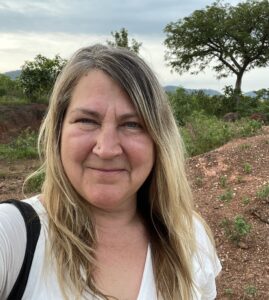
Allison Balabuch
Department of Curriculum and Instruction
University of Victoria
Territories of the Lekwungen and WSÁNEĆ peoples
Victoria, British Columbia
Canada
Allison Balabuch is a PhD candidate in Curriculum and Instruction at the University of Victoria, British Columbia, Canada. She has a Bachelor of Arts in International Relations and Political Science, a Bachelor of Education, and a Master of Arts in Language and Literacy. Her work as a French Immersion teacher for the past 25 years has informed her development of interdisciplinary teaching practices that utilise project-based learning, arts-based learning, and land-based learning. Her current research aims to decolonise educational systems, resources, and pedagogy through community-based and interdisciplinary collaboration.
CONTACT
E: allisonbalabuch@gmail.com
W: https://researchgate.net/scientific-contributions/Allison-Balabuch-2255871315
X: @AllisonBalabuch
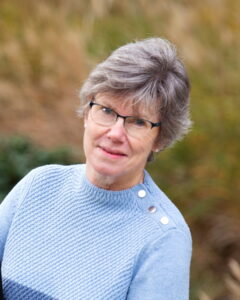
Professor Ann Brower Stahl
Department of Anthropology
University of Victoria
Territories of the Lekwungen and WSÁNEĆ peoples
Victoria, British Columbia
Canada
Professor Ann Stahl is an anthropological archaeologist and Distinguished Lansdowne Research Fellow (2020–2023) at the University of Victoria in British Columbia. Her research focuses on how daily life in rural West Africa has been reshaped over centuries by involvement in global exchange networks. In recent work funded by a Canadian Social Sciences and Humanities Research Council Partnership Development Grant, she and partners in Ghana developed digital heritage resources alongside community members to help societies sustain place-based relationships and foster knowledge revitalisation. As part of the British Museum’s Endangered Material Knowledge Programme, she works with community partners to document the uses of earthen and organic materials in technologies that are currently threatened by the accessibility of industrially produced materials.
CONTACT
E: stahlann@uvic.ca
W: https://www.uvic.ca/socialsciences/anthropology/people/faculty/stahlann.php
African Archaeological Review: Archaeology for Education, 2023: Editors
Dr Ann Brower Stahl, University of Victoria
Allison Balabuch, University of Victoria
Dr Kathy Sanford, University of Victoria
Dr Amanda Logan, Northwestern University
Dr Kate Grillo, University of Florida
Dr Ibrahima Thiaw, University Cheikh Anta Diop of Dakar
FURTHER READING
A Ogundiran, Storytelling in Archaeology and the Quest for a Pedagogy of Renewal, African Archaeological Review, 2023, 40, 447–453. DOI: https://doi.org/10.1007/s10437-023-09553-6
AB Stahl, A Balabuch, K Sanford, et al., African Archaeology in Support of School Learning: an Introduction, African Archaeological Review, 2023, 40, 455–468. DOI: https://doi.org/10.1007/s10437-023-09539-4
A Balabuch, AB Stahl, School Learning Enriched by Doing: An Apprenticing Model, African Archaeological Review, 2023, 40, 469–479. DOI: https://doi.org/10.1007/s10437-023-09540-x
A Balabuch, B Rasoarifetra, Why Weaving? Teaching Heritage, Mathematics, Science and the Self, African Archaeological Review, 2023, 40, 481–491. DOI: https://doi.org/10.1007/s10437-023-09541-w
A Höhn, E Mushayikwa, A Schoeman, Earth, Water, Air, and Fire – Thinking about Farming and Farmscapes, African Archaeological Review, 2023, 40, 493–505. DOI: https://doi.org/10.1007/s10437-023-09542-9
AL Logan, KM Grillo, How African Pasts Can Inspire Alternative Responses to Climate Change: a Creative Writing Experiment, African Archaeological Review, 2023, 40, 507–517. DOI: https://doi.org/10.1007/s10437-023-09543-8
BS Wayessa, My Meals Are in the Pots: Making Pots and Meals in Wollega, Southwest Ethiopia, African Archaeological Review, 2023, 40, 519–529. DOI: https://doi.org/10.1007/s10437-023-09544-7
F Bandama, AB Babalola, Science, Not Black Magic: Metal and Glass Production in Africa, African Archaeological Review, 2023, 40, 531–543. DOI: https://doi.org/10.1007/s10437-023-09545-6
A Haour, A Moffett, Global Connections and Connected Communities in the African Past: Stories from Cowrie Shells, African Archaeological Review, 2023, 40, 545–553. DOI: https://doi.org/10.1007/s10437-023-09546-5
J Budka, C Ward, CG Elkins, A Day on the Nile: Living in a Town in Nubia, African Archaeological Review, 2023, 40, 555–566. DOI: https://doi.org/10.1007/s10437-023-09547-4
DS Basanti, N Mekonen, Communities and the Dead in Africa and Ancient Ethiopia (50–800 CE), African Archaeological Review, 2023, 40, 567–576. DOI: https://doi.org/10.1007/s10437-023-09548-
REPUBLISH OUR ARTICLES
We encourage all formats of sharing and republishing of our articles. Whether you want to host on your website, publication or blog, we welcome this. Find out more
Creative Commons Licence (CC BY 4.0)
This work is licensed under a Creative Commons Attribution 4.0 International License. 
What does this mean?
Share: You can copy and redistribute the material in any medium or format
Adapt: You can change, and build upon the material for any purpose, even commercially.
Credit: You must give appropriate credit, provide a link to the license, and indicate if changes were made.
SUBSCRIBE NOW
Follow Us
MORE ARTICLES YOU MAY LIKE
Dr Howard Stevenson | Healing the Wounds of Racism: How Racial Literacy Can Empower Youth and Adults
Racist encounters, both subtle and overt, continue to plague society and take a severe toll on the mental and physical health of people of colour. However, innovative research is showing how we can equip both youth and adults with the skills to navigate these stressful situations and emerge stronger. Dr Howard Stevenson and his team at the University of Pennsylvania are pioneering new approaches to help people cope with racial trauma and find their voice.
Dr Kerry Shannon | Reframing Hygiene as Cultural Heritage in Meiji-Era Japan
During the late 19th century, Japan underwent a period of rapid modernisation following the 1868 Meiji Restoration. This transformative process included public health, where the concept of ‘hygiene’ took on new meanings and significance. Dr Kerry Shannon from California State University, Dominguez Hills, has delved into the pivotal role played by the Sanitary Society of Japan in shaping the discourse around hygiene during this tumultuous era.
Professor Byron R Johnson | Transforming Prison Rehabilitation with Inmate-led Religious Movements
Inmate ministers and offender-led religious movements offer a unique avenue to redemption and rehabilitation within prisons. Professor Byron R Johnson of Baylor University and Pepperdine University has examined the influence of faith-driven programmes within prison facilities. His work highlights the inspiring power of peer support, spiritual growth, and restorative justice in reshaping the lives of those behind bars. As demands for reforms in the criminal justice sector intensify, the impact of faith-based activities in fostering change cannot be understated.
Dr Kati Rantala | Navigating Policy with the Logic of Regulatory Impact Assessment
Regulatory Impact Assessment (RIA) is a crucial process in policymaking, allowing decision-makers to assess the potential impacts of proposed regulations prior to implementation. Dr Kati Rantala of the University of Helsinki and her colleagues argue that by employing evidential reasoning and considering contextual factors, RIA helps policymakers make more informed decisions that better serve the needs of society. Understanding the logic behind RIA is essential for policymakers to design policies that have positive impacts on our communities and the world at large and for all affected by regulations to advocate for thorough and well-constructed impact assessment.

